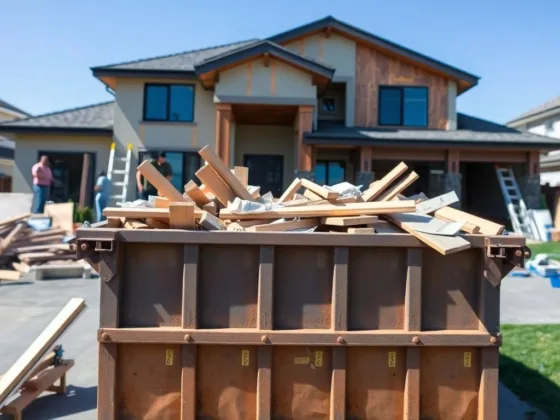Table of Contents Show
The market for IoT (Internet of Things) is forecasted to reach a value totaling billions of dollars. Most of this revenue will be generated in the US, and many IoT devices have the potential to be used in the construction industry, where they can collect real-time data for monitoring.
But how is IoT revolutionizing construction monitoring in particular? And how are telematics-IoT solutions accelerating this transformation? Let’s dig deeper and explore the transformative impact of IoT on construction monitoring.
The Importance of Construction Monitoring
Construction monitoring is a crucial aspect of the construction industry. It encompasses:
- Keeping track of progress and efficiency
- Ensuring worker safety
- Ensuring compliance with regulations
- Preventing equipment theft and damage
- Monitoring vehicle and equipment location, usage, maintenance, and fuel consumption
These are just some of the many tasks involved. Projects can face delays, accidents, budget overruns, compliance issues, and other challenges that can hinder their progress without proper monitoring.
Read Also:
How IoT Impacts Construction Monitoring
Traditionally, construction monitoring has been a manual and time-consuming process. Managers and supervisors had to rely on physical site visits, paperwork, and phone calls to keep track of important aspects of a construction site.
However, with the advancements in IoT technology, it’s now possible to monitor these tasks remotely and in real-time. IoT devices such as sensors, trackers, and cameras can collect data on various aspects of a construction site, including but not limited to:
- Equipment usage
- Driver behavior
- Fuel consumption
- Temperature and humidity levels
- Equipment location and movement
- Equipment maintenance
Here are some aspects of construction in which IoT has impacted monitoring.
Equipment Tracking
IoT technology allows managers to monitor equipment and tools in real time. Coupled with GPS, the system tells you exactly where a certain machine or tool is and how it’s used.
Equipment tracking does two main things. First, it enables managers to know when a particular equipment is idle. They can then send it to the place where it’s needed or put it in storage. Second, it helps prevent theft and damage by alerting managers when equipment moves out of designated areas or is used without authorization.
Just-In-Time Provisioning
Just-in-time provisioning simply means that materials and equipment are delivered to the construction site at the exact time they’re needed. So, there’s neither a waste nor a downtime due to a lack of resources.
The process involves two main technologies: RFID (Radio-frequency Identification) tags and IoT sensors. You put RFID tags on equipment and construction materials. Then, an IoT system can assign them relevant identification addresses.
You set a count threshold depending on the resources needed for the job. Once the quantity of the material goes below this threshold, the system triggers a request. The central system can then decide to place an order.
Surveillance for Remote Construction Operations
Modern surveillance cameras can be connected to IoT systems to monitor and manage construction sites remotely. Traditional surveillance cameras only show you where your employees are and what they do on the job site.
But with IoT, managers can also monitor the workers’ alertness and health. It allows them to account for fatigue to lower the risk of accidents and injuries. IoT wearables for workers can also alert managers of distress signs, such as an elevated pulse rate.
Safety Monitoring
Besides the 24/7 surveillance and real-time monitoring, construction site managers can use job site maps to prevent injuries. Here’s how they work:
- You use a job site map to mark dangerous or potentially injury-prone locations on the construction site.
- The workers wear IoT-enabled watches or wristbands.
- If an employee gets close to the risk area or any dangerous environment, their IoT device will send you a signal.
- You can then send them a real-time alert to steer clear of that area.
Takeaway
IoT has revolutionized construction site monitoring through real-time data collection and management capabilities. Now, it’s on construction managers to use its full potential.










